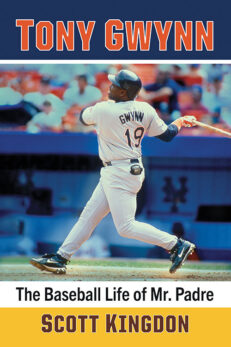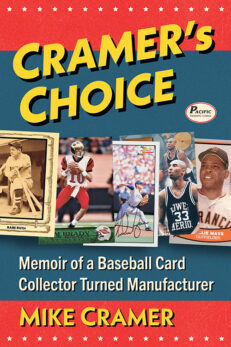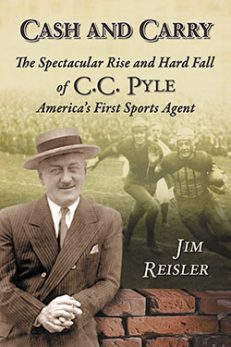Cash and Carry
The Spectacular Rise and Hard Fall of C.C. Pyle, America’s First Sports Agent
$29.95
In stock
About the Book
C.C.“Cash and Carry” Pyle made several fortunes representing professional football and tennis players—before losing everything and disappearing into history’s dustbin. This work reevaluates Pyle’s fast life and times while analyzing his extraordinary and enduring legacy. In 1925, Pyle rocked the sports world by inducing Red Grange to abandon the leafy confines of the University of Illinois for pro football, in essence thumbing his nose at protesting academics who insisted the move would irreparably harm both the college game and Grange’s career. The book continues through all of Pyle’s successes, and more than a few of his failures, including his signing of controversial French tennis star Suzanne Lenglen and his near-bankruptcy following losses incurred staging the short-lived annual Bunion Derby, as newspaper columnists dubbed the notorious 3,470-mile transcontinental footrace first held in 1928.
About the Author(s)
Bibliographic Details
Jim Reisler
Format: softcover (6 x 9)
Pages: 235
Bibliographic Info: 23 photos, notes, bibliography, index
Copyright Date: 2009
pISBN: 978-0-7864-3846-4
eISBN: 978-0-7864-5262-0
Imprint: McFarland
Table of Contents
Preface 1
Introduction 5
1. “How Would You Like to Make $100,000?” 11
2. “Three or Four Men and a Horse Rolled into One” 34
3. “One of the Finest Men I Have Ever Known” 64
4. “Football for All and All for Football” 88
5. “People Will Pay to See Anyone They Hate” 106
6. “The Most Stupendous Athletic Accomplishment in All History!” 138
7. “It Is a New Racket Altogether” 156
8. “Everyone Will Be Satisfied” 176
9. “More Ideas Than Most Men Came Up With in a Lifetime” 191
Epilogue: “Everything He Touched Turned to Gold” 199
Chapter Notes 203
Bibliography 213
Index 217





